Bear vs Gorilla: The Ultimate Battle of Power, Strategy, and Instincts
The bear vs gorilla matchup is a fascinating clash between two of the most powerful and iconic animals in the wild. On one side, we have the bear, a versatile and intelligent predator known for its strength, claws, and adaptability. On the other side, we have the gorilla, a massive and intelligent primate renowned for its strength, intelligence, and social behavior. This battle raises intriguing questions: Would the bear’s predatory instincts and weaponry give it the upper hand? Or would the gorilla’s brute strength and intelligence allow it to hold its own? Let’s dive into this epic showdown and analyze the strengths and weaknesses of each contender.
Basic Overview of the Two Competitors
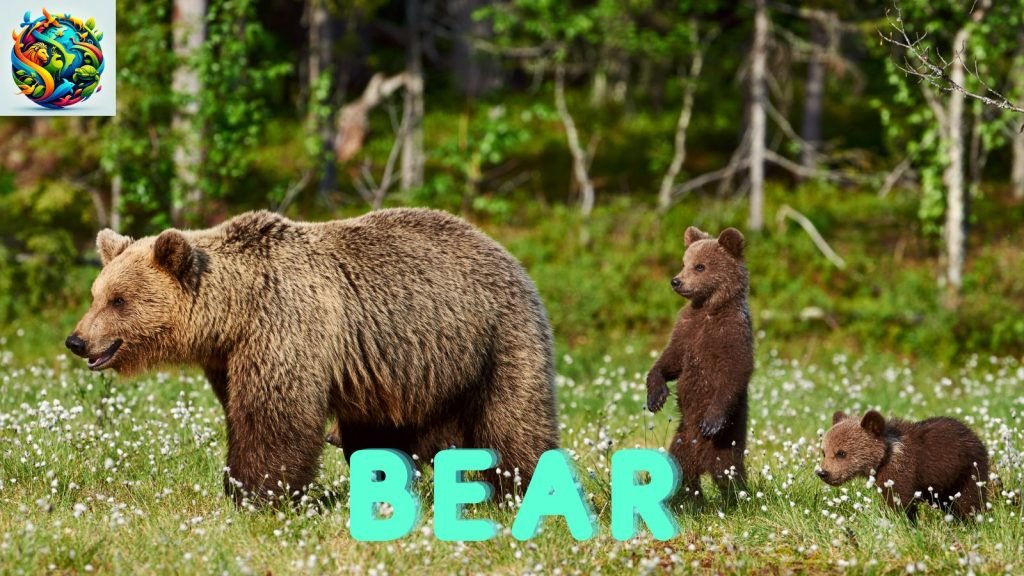
The Bear
Bears are large, powerful mammals known for their strength, intelligence, and adaptability.
- Scientific Name: Ursus spp. (e.g., Brown Bear: Ursus arctos)
- Size: Bears vary in size depending on the species, but the largest, such as the Kodiak bear, can weigh between 330 and 1,500 pounds (150–680 kg) and stand 5 to 10 feet tall when upright.
- Habitat: Bears are found in forests, mountains, tundras, and coastal areas across North America, Europe, and Asia.
- Diet: Bears are omnivorous, feeding on berries, fish, small mammals, and occasionally large prey like deer or moose.
- Social Behavior: Bears are mostly solitary animals, except during mating season or when raising cubs.
- Speed: Bears can run at speeds of up to 35 miles per hour (56 km/h) in short bursts.
- Bite Force: Bears have a bite force of approximately 1,200 psi (Brown Bear).
- Defensive Traits: Bears have thick fur, a layer of fat, and powerful forelimbs with sharp claws for defense and attack.
The Gorilla
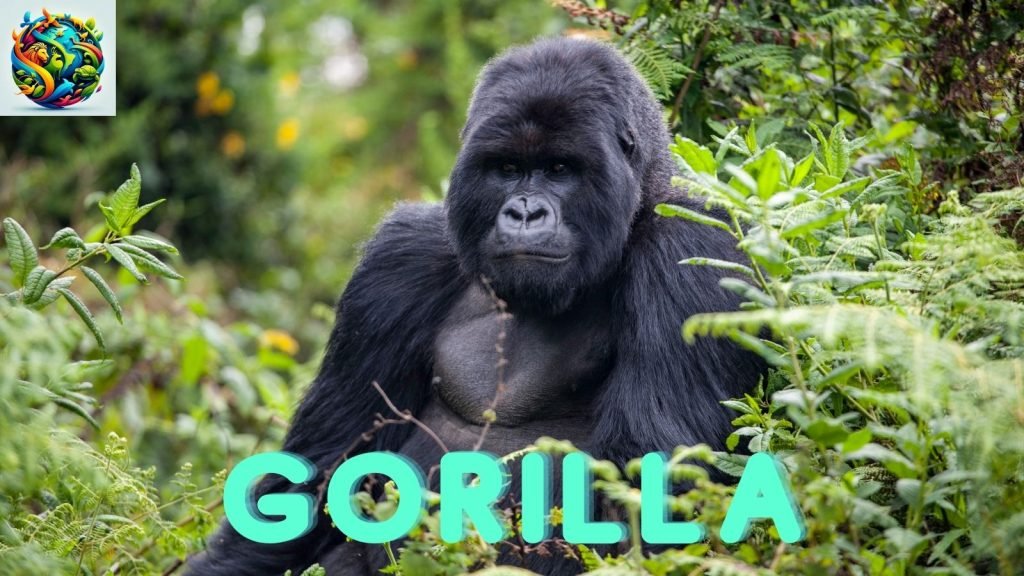
The gorilla is one of the largest and strongest primates, known for its intelligence, strength, and social behavior.
- Scientific Name: Gorilla spp. (e.g., Eastern Gorilla: Gorilla beringei)
- Size: Gorillas weigh between 300 and 500 pounds (135–225 kg) and stand 4 to 6 feet tall when upright.
- Habitat: Gorillas live in dense forests and mountainous regions of Central and East Africa.
- Diet: Gorillas are primarily herbivorous, feeding on leaves, stems, fruits, and occasionally insects.
- Social Behavior: Gorillas live in groups called troops, led by a dominant silverback male.
- Speed: Gorillas can move at speeds of up to 20 miles per hour (32 km/h) in short bursts.
- Bite Force: Gorillas have a bite force of approximately 1,300 psi, stronger than that of a bear.
- Defensive Traits: Gorillas have immense upper body strength, thick skin, and sharp teeth. They use their intelligence and social structure to protect themselves.



Key Comparisons: Bear vs Gorilla
1. Size & Strength
Bears are significantly larger and stronger than gorillas, with some individuals weighing up to 1,500 pounds. However, gorillas are incredibly strong and have immense upper body strength, making them formidable opponents.
Winner: Bear (in size), Gorilla (in upper body strength)
2. Speed & Agility
Bears are faster and more agile than gorillas, capable of running at speeds of up to 35 miles per hour. Gorillas, while strong, are slower and less agile, with a top speed of 20 miles per hour.
Winner: Bear
3. Intelligence & Strategy
Both animals are highly intelligent, but gorillas are known for their complex social structures and problem-solving abilities. Bears, while intelligent, rely more on instinct and stealth than on strategic thinking.
Winner: Gorilla
4. Offensive & Defensive Weaponry
Bears have sharp claws, powerful jaws, and a bite force of 1,200 psi, which they use to deliver fatal bites and slashes. Gorillas, on the other hand, have a stronger bite force of 1,300 psi and immense upper body strength, which they can use to crush or incapacitate an opponent.
Winner: Gorilla
5. Fighting Style
Bears rely on their strength, claws, and intelligence to overpower opponents. They can stand on their hind legs to intimidate and strike with their forelimbs. Gorillas use their strength and intelligence to defend themselves, often standing on their hind legs to intimidate and strike with their powerful arms.
Winner: Gorilla
Bear vs Gorilla Fight Scenarios:
Scenario 1: One-on-One Battle on Land
In a one-on-one battle on land, the bear would use its speed and agility to try to outmaneuver the gorilla. It would attempt to deliver powerful blows with its forelimbs and claws, targeting the gorilla’s neck or flanks. The gorilla, in turn, would use its powerful arms and sharp teeth to strike back. However, the gorilla’s size and strength would likely give it the upper hand, allowing it to overpower the bear.
Winner: Gorilla
Scenario 2: One-on-One Battle in Water
In water, the bear would have a slight advantage due to its swimming ability. Gorillas are capable swimmers but are not as agile in water as bears. The bear could use its speed and strength to overpower the gorilla in this environment.
Winner: Bear
Scenario 3: Bear vs Gorilla Troop
In a scenario where a bear faces a troop of gorillas, the outcome would be more balanced. Gorillas are social animals and may cooperate when defending themselves. While the bear could take down a few gorillas, it would eventually be overwhelmed by their numbers and powerful arms.
Winner: Gorilla Troop
Final Verdict: Bear vs Gorilla Who Would Win?
After analyzing every aspect of the bear vs gorilla battle, here’s the final breakdown:
| Category | Winner |
|---|---|
| Size & Strength of Bear vs Gorilla | Bear (in size), Gorilla (in upper body strength) |
| Speed & Agility of Bear vs Gorilla | Bear |
| Intelligence & Strategy | Gorilla |
| Bite Force | Gorilla |
| Weapons (Claws, Strength) | Gorilla |
| Bear vs Gorilla Combat Strategy | Bear (strength and intelligence), Gorilla (powerful arms and intelligence) |
| Survival Skills of Bear vs Gorilla | Bear (versatility), Gorilla (intelligence) |
Ultimate Winner: Gorilla in One-on-One Combat, Gorilla Troop in Group Combat
- In a one-on-one battle, the gorilla wins 70% of the time due to its strength, intelligence, and powerful bite.
- In water, the bear has a slight advantage due to its swimming ability.
- In a troop scenario, gorillas could overwhelm the bear with their numbers and powerful arms.
Conclusion
The gorilla’s strength, intelligence, and powerful bite make it a dominant force in one-on-one combat. However, the bear’s agility, intelligence, and versatility give it a fighting chance, especially in water. While the gorilla is likely to dominate in most one-on-one encounters, the bear’s unique adaptations and strategic thinking make it a formidable opponent. This matchup highlights the fascinating dynamics of predator-prey interactions and the importance of both individual strength and unique adaptations in the animal kingdom. Whether it’s the gorilla’s raw power or the bear’s calculated precision, this battle reminds us of the incredible diversity of nature’s most powerful creatures.

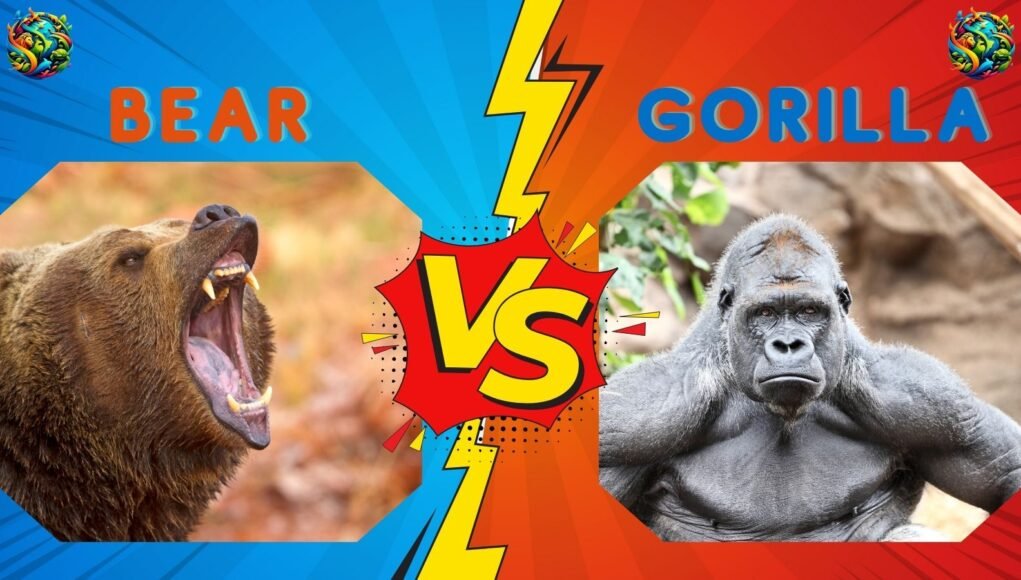
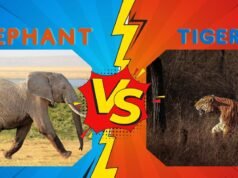
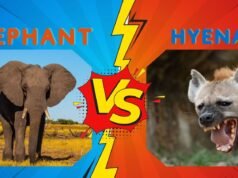

I think other site proprietors should take this website as an model, very clean and great user friendly style and design, as well as the content. You are an expert in this topic!
I’ve recently started a site, the info you provide on this website has helped me greatly. Thanks for all of your time & work. “Character is much easier kept than recovered.” by Thomas Paine.
After study a few of the blog posts on your website now, and I truly like your way of blogging. I bookmarked it to my bookmark website list and will be checking back soon. Pls check out my web site as well and let me know what you think.
Very great visual appeal on this web site, I’d rate it 10 10.
What i don’t understood is in reality how you’re no longer actually much more well-liked than you might be now. You are very intelligent. You recognize thus significantly when it comes to this matter, made me individually consider it from so many varied angles. Its like women and men aren’t involved unless it¦s one thing to accomplish with Lady gaga! Your own stuffs nice. At all times handle it up!
Thank you for the good writeup. It in fact was a amusement account it. Look advanced to far added agreeable from you! However, how could we communicate?